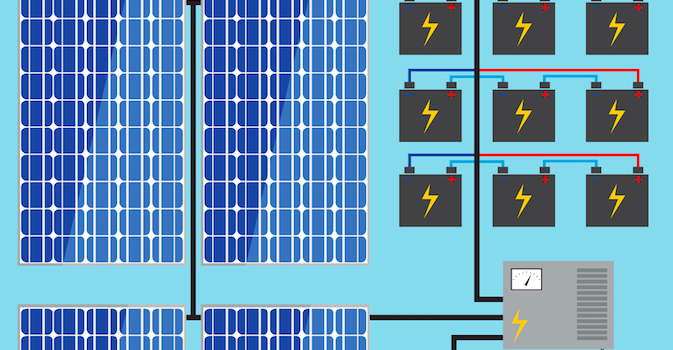
UPDATE: The Feed-In Tariff is now closed for new applications. To find out about the new scheme designed to replace it, click here.
We were contacted recently by someone who wanted to know if their solar PV Feed-in Tariff payments would be affected if they installed a solar PV battery storage system.
Before we answer, let’s start by introducing the two terms:
- Home battery storage means you can keep all the electricity you generate with your solar PV panels, rather than sending the excess to the National Grid. This allows you to save on the amount of electricity you import, cutting your bills.
- The Feed-in Tariff is a government scheme designed to incentivise people to install home renewables by paying them for the electricity they generate. Although rates are not as high as they were, it’s still a nice bonus for anyone who would install solar PV anyway.
The answer to the question of whether or not battery storage affects payments turned out not to be as easy as we initially thought! We had assumed that FiT payments wouldn’t be affected by installing a battery storage system, but it turns out it’s not quite so simple:
It all hinges on whether your system is AC-coupled or DC-coupled.
AC-coupled vs DC-coupled solar battery storage
If your home battery storage system is AC-coupled, it means the batteries are stored on the grid side, and the electricity has always been converted by your inverter and measured by your generation meter before it is stored.
If it is DC-coupled, you install your batteries on the same side of the inverter as your solar panels. It is then only converted to AC electricity when it is used.
The main Feed in Tariff rate is based on how much electricity you generate. Batteries lose energy when they are charged and discharged, so if you store your energy as DC before it is read by your export meter, some of it may be wasted – meaning lower payments.
The other potential issue is if DC electricity is drawn from the battery for use before it gets to the generation meter. This means the reading will be lower than the amount you generated in the first place, and you’ll be paid accordingly.
Therefore, if you want to get the maximum FiT payments, you should install your battery on the side after your electricity has been through the generator.
Although it’s important to bear this in mind, if you are retrofitting a battery system rather than installing one with a new solar PV system, you are more likely to be offered an AC-coupled system anyway. A DC would normally involve adding or replacing more equipment.
Home battery storage and the solar generation tariff
The other thing you will benefit from is Feed-in Tariff export payments. Although every system has a generation meter, most don’t have export meters. This means the government pays you the same amount – 50% of your generation reading – regardless of how much you generate. Therefore, your export payments won’t be affected by installing a battery storage system.
Something to bear in mind is that the smart meter rollout – expected to be completed by 2020 – might well affect the export tariff. Smart meters will automatically they read how much electricity you export, as well as how much you export. The Government could decide at this point to pay solar PV installers based on this amount, instead of the estimated number we mentioned above. Clearly, if you were storing all your electricity in batteries rather than exporting it to the grid, you wouldn’t get anything in this event.
Solar PV and the Feed-in Tariff
So, there’s your answer. Having a solar PV battery storage system installed won’t necessarily affect your Feed-in Tariff payments, but you will need to bear it in mind when choosing what kind of system to buy. A DC-coupled battery storage system is the way to go if you want to maximise your payments!
You can find more information here.
Installing battery storage
Interested in having a battery storage system installed in your home? We have scoured the country for the best tradesmen, so that we can make sure we only recommend those we really trust.
If you would like us to find you a local installer to help install a battery storage system in your home, just fill in the form below and we will be in touch shortly!
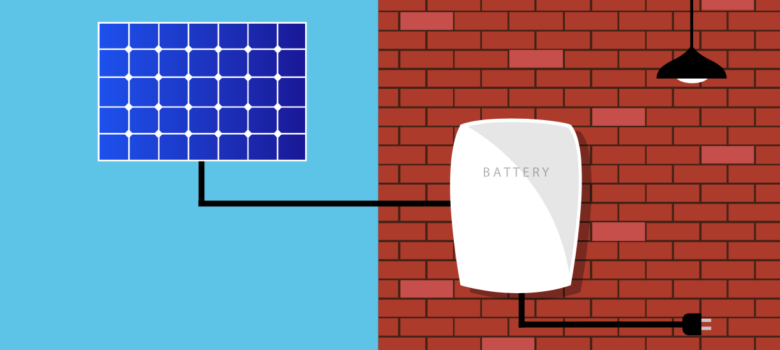



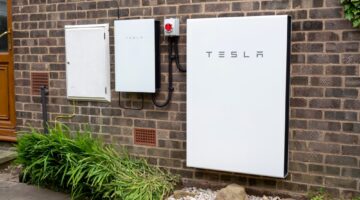
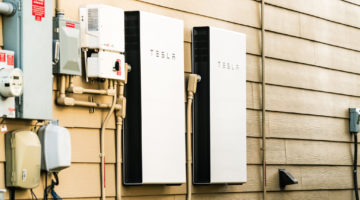

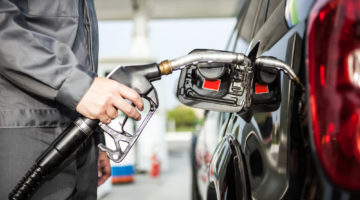





This article makes no sense??. You talk through the pros and cons of AC and DC based battery systems …coming down on the side of AC as it’s easier to install …has the benefits of not reducing your actual generated power readings etc etc …then ….recommend a DC system in the last paragraph!!??
Totally agree Ray it does not make sense at all
Its a typo???
This paragraph needs correcting; – “Something to bear in mind is that the smart meter rollout – expected to be completed by 2020 – might well affect the export tariff. Smart meters will automatically they read how much electricity you export, as well as how much you export. The Government could decide at this point to pay solar PV installers based on this amount, instead of the estimated number we mentioned above. Clearly, if you were storing all your electricity in batteries rather than exporting it to the grid, you wouldn’t get anything in this event”
I have to agree with the comment from Ray Morris.
It is not mentioned that in the U.K. winter months, solar generation is a lot less than in summer months (a statement of the obvious), but charging batteries in winter months is not an efficient use of the limited power generated. The cost of installation of a battery system (retrofit) may mean it will take several years to get a return on your outlay!
Info seems very similar to http://www.yougen.co.uk/blog-entry/2878/Will+battery+storage+affect+my+feed-in+tariff+payments%273F/ which came first?
I would be grateful if you could recheck the article as it appears to contradict itself and I think that there is a word missing. so if you store your energy as DC before it is read by your export meter, some of it may be wasted – meaning lower payments. vs A DC-coupled battery storage system is the way to go if you want to maximise your payments! very confusing.
also missing word in the following sentence between “on the” and “side” i think it is AC
Agree with other comments… contradictory conclusion. Needs to be rewritten / clarified.
There are several errors in the above article. Please check it. I think you mean to recommend AC coupling but you have DC recommended at the end. There is also a repetition of how much electricity you export which presumably means something is omitted.
I am confused. You clearly set out that an AC-coupled system will maximise FIT payments – then your final sentence says, ” A DC-coupled battery storage system is the way to go if you want to maximise your payments!”
Your article is contradictory it says best way is DC in the closing summary but it says AC previously throughout
I just wasted my time reading this. The first half recommends AC and then it states the opposite!
Smiles….I think its obviously a typo???
Not sure the person who wrote this knows what they are talking about.
There have been many comments made yet you seem to have made any effort lto correct this gobbldygook could you please withdraw this article or correct it
Surely the best way forward is to have a ac side battery storage and avoid having a smart meter which I have avoided because of security concerns anyway.
Yes thats correct. We never really recommend hybrids for systems with feed in tariffs.
Sorry, what do you mean by a hybrid system?
By a hybrid system he means D/C coupled. So there is one ‘inverter’ box which both converts the solar power to DC for the battery, and converts the battery power back to A/C for use by the house.
This article in confusing to read even if you know the answer to the question. I particularly like the reference to a generator part way though. I think that’s the generation meter. Otherwise where should we put the diesel?
Have you got an updated version of this how are dc coupled systems going to get their their rcport tartif calculate eith smsty 3 meters installed
In the para above – “Solar PV and the Feed-in Tariff – you suggest “A DC-coupled battery storage system is the way to go if you want to maximise your payments!”. Please could you confirm this should actually read “An AC-coupled battery storage system is the way to go if you want to maximise your payments!”. Thanks, Dan
I had high hopes when I came across this article but it does nothing to clarify the situation.